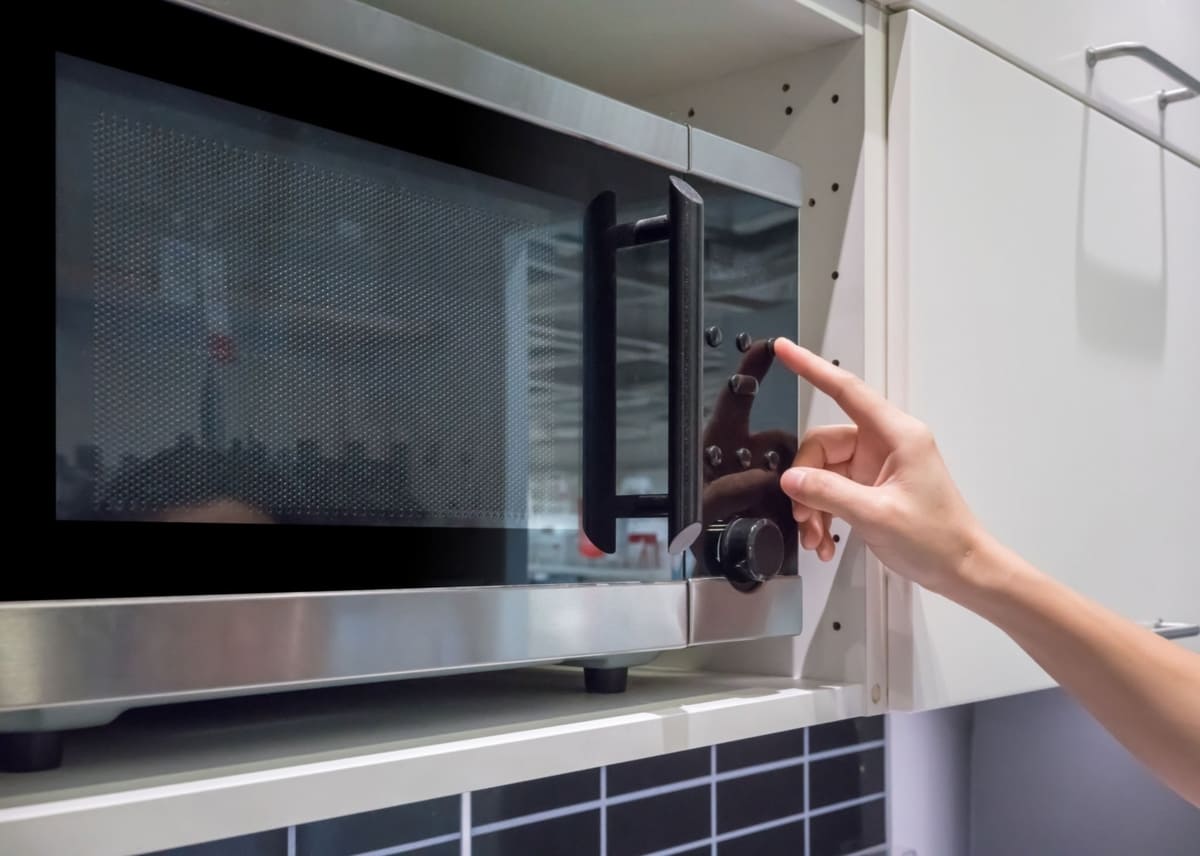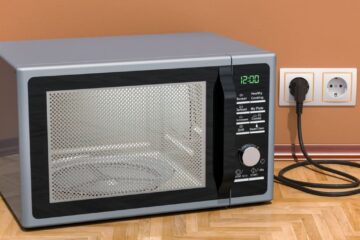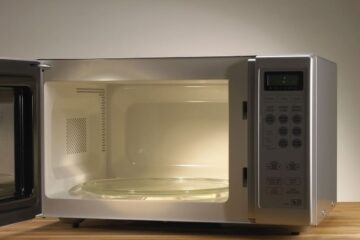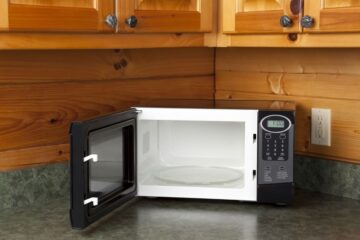Corn on the cob is a summer staple that many people enjoy. While grilling or boiling corn on the cob is the traditional way to cook it, using the microwave can be a quick and easy alternative. Microwaving corn on the cob is a simple and efficient method that can be done in just a few minutes.
To cook corn on the cob in the microwave, all you need is a microwave-safe dish, a damp paper towel, and of course, the corn itself. The process involves wrapping the corn in a damp paper towel and microwaving it on high for a few minutes until it’s cooked through. This method is ideal for those who want to enjoy fresh corn on the cob without the hassle of boiling or grilling it.
Why Microwave Corn on the Cob?
Microwaving corn on the cob is a quick and easy way to cook this delicious summer staple. But why choose to microwave corn on the cob instead of boiling or grilling it? Here are a few reasons:
Quick and Easy
Microwaving corn on the cob is one of the quickest and easiest methods of cooking. It takes only a few minutes, and there’s no need to wait for a pot of water to boil or a grill to heat up. Simply place the corn in the microwave and let it cook while you prepare the rest of your meal.
Preserves Nutrients
Microwaving corn on the cob preserves more of its nutrients than boiling or grilling. According to a study published in the Journal of Food Science, microwaving corn on the cob retained more of its antioxidants than boiling or grilling. Antioxidants are important for maintaining good health and reducing the risk of chronic diseases.
Saves Energy
Microwaving corn on the cob is also an energy-efficient way to cook. Boiling and grilling both require more energy than microwaving. According to the US Department of Energy, microwaving uses about 80% less energy than a conventional oven. This means that microwaving corn on the cob is not only quick and easy, but it’s also an environmentally friendly way to cook.
Preparing the Corn
When it comes to cooking corn on the cob in the microwave, preparation is key. Here are the steps to follow for preparing the corn:
Shucking the Corn
Before microwaving the corn, it is important to shuck it. Shucking the corn means removing the outer layer of leaves and the silk that covers the kernels. This can be done easily by following these steps:
- Hold the corn at the top and pull the leaves down towards the stalk.
- Remove any remaining silk by running your hands over the corn.
- Repeat the process for each ear of corn.
Rinsing the Corn
After shucking the corn, it is important to rinse it thoroughly to remove any remaining silk or dirt. Here are the steps to follow for rinsing the corn:
- Hold the corn under cold running water.
- Rub the corn gently to remove any remaining silk or dirt.
- Repeat the process for each ear of corn.
Microwaving the Corn
Microwaving corn on the cob is a quick and easy way to enjoy this delicious summer staple. Here are the steps to follow:
Placing the Corn in the Microwave
To microwave corn on the cob, start by removing the husks and silk from the corn. Then, place the ears of corn on a microwave-safe plate. You can also wrap each ear of corn in a damp paper towel to help keep it moist while microwaving.
Microwaving Time and Power Settings
The amount of time needed to microwave corn on the cob can vary depending on the wattage of your microwave. As a general rule, start with 3 minutes on high for one ear of corn, and add 1 minute for each additional ear. For example, if you’re microwaving 4 ears of corn, start with 6 minutes on high.
If your corn is not fully cooked after the initial microwaving time, add an additional 30 seconds at a time until it reaches your desired level of doneness.
Removing the Corn from the Microwave
Once the corn is fully cooked, carefully remove the plate from the microwave using oven mitts or a towel to protect your hands. Allow the corn to cool for a few minutes before handling it, as it will be hot.
To serve the corn, hold each ear by the top and use a sharp knife to cut the kernels off the cob. Alternatively, you can serve the ears whole with butter and salt for a classic summer treat.
Serving the Corn
Once the corn is cooked, it’s time to serve it up. Here are some ideas for adding flavorings and serving suggestions.
Adding Flavorings
Microwaved corn is delicious on its own, but for those who want to add some extra flavor, there are many options. Here are a few ideas:
- Butter: Spread a pat of butter over the hot corn and let it melt for a classic flavor.
- Salt and Pepper: Sprinkle salt and pepper over the corn for a simple seasoning.
- Herbs: Add some fresh herbs like parsley, basil, or cilantro to the butter for a burst of flavor.
- Spices: Sprinkle some paprika, chili powder, or cumin over the corn for a little kick.
- Cheese: Sprinkle some shredded cheese over the corn for a gooey, melty treat.
Serving Suggestions
Corn on the cob is a classic summer side dish that pairs well with many other foods. Here are some serving suggestions:
- BBQ: Serve the corn with some grilled meats and veggies for a classic BBQ spread.
- Picnic: Pack the corn in a cooler with some sandwiches and salads for a perfect picnic lunch.
- Mexican: Serve the corn with some tacos, beans, and rice for a Mexican-inspired meal.
- Seafood: Pair the corn with some grilled shrimp or fish for a fresh seafood feast.
No matter how you serve it, microwaved corn on the cob is a quick and easy side dish that’s sure to please.
Conclusion
Cooking corn on the cob in the microwave is a quick and easy way to enjoy this delicious summer staple. With just a few simple steps, you can have perfectly cooked corn in minutes.
One of the advantages of cooking corn on the cob in the microwave is that it is a hassle-free process. You don’t have to deal with boiling water or heating up the grill. Plus, it’s a great option for those who don’t have access to an outdoor grill or stove.
Another benefit of microwaving corn on the cob is that it retains its natural sweetness and flavor. Unlike boiling, which can sometimes result in bland or overcooked corn, microwaving allows the corn to cook in its own juices, resulting in a juicy and flavorful ear of corn.
When it comes to cooking corn on the cob in the microwave, there are a few different methods you can use. Some people prefer to wrap the corn in a damp paper towel, while others prefer to cook it without any covering. Regardless of the method you choose, the key is to cook the corn for the right amount of time to ensure that it is cooked through but not overcooked.




